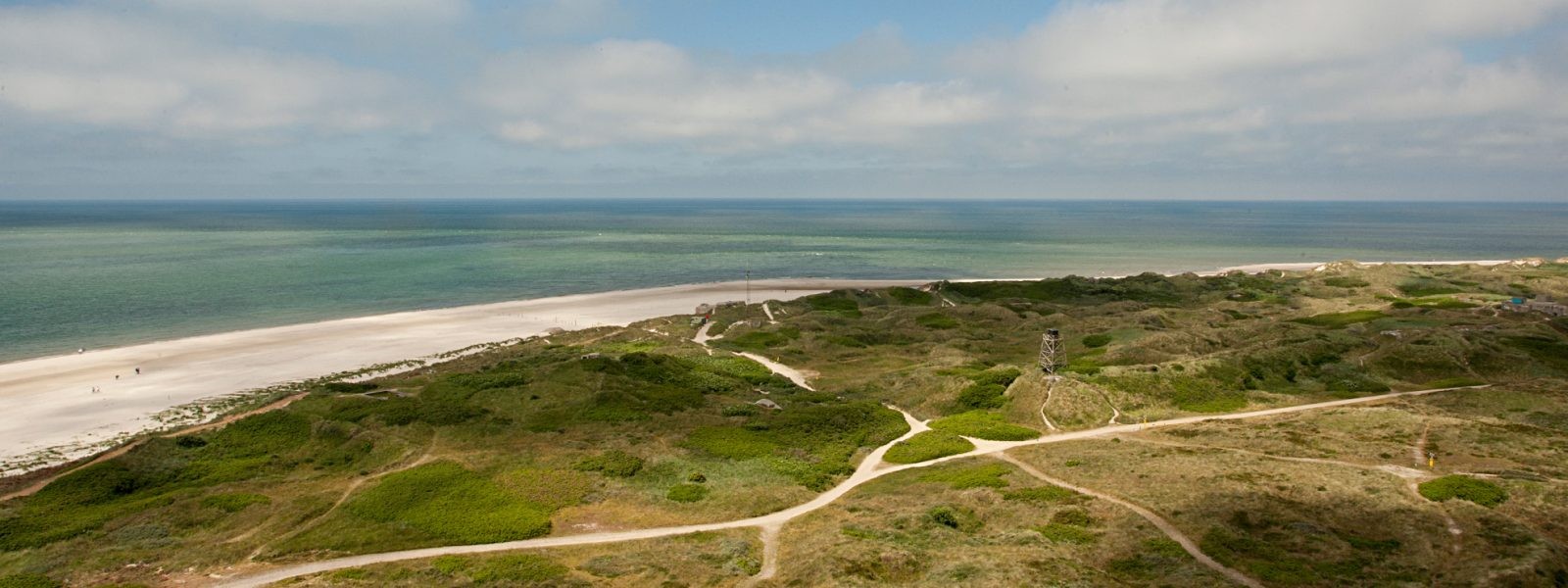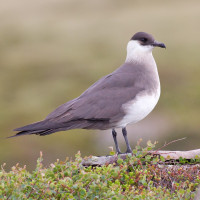Beschrijving
Year-round, the area is good for coastal birds and in the migratory seasons, there is a concentration of migrating birds over both sea and land.
In the winter, you can see great flocks of Zwarte Zee-eend and Grote Zee-eend, and it is a good place for IJseend, Drieteenstrandloper and different species of gulls, including Pontische Meeuw and sometimes Grote Burgemeester.
In the spring, ringing/banding of birds take place at the ringing center. during April and May, many passerines pass through, totalling around 2000 ringed birds every season. Seawatching is good from middle of April and you can observe great migration of Roodkeelduiker, wildfowls and terns and occasionally Kleine Jager, mixed with other arctic species.
The spring is quickly replaces with autumn, as the wader migration start in the end of June and peak at the end of July with great numbers of arctic waders. Especially on days with wind from south-east, the colorfull waders are numerous and the mixed flock just keep coming.
The general autumn from end of August is what local and national birds are waiting for every year. With the point reaching out in the North Sea and the long coast line to the north, Blåvandshuk becomes the center for all migration on the west-coast of Denmark. In good weather, thousands of passerines, geese, ducks and other coastal birds pass through. In windy conditions, the scene changes and focus is finding scarce seabirds, such as Vaal Stormvogeltje, Grauwe Pijlstormvogel, Noordse Pijlstormvogel, Rosse Franjepoot and Vorkstaartmeeuw.
The Blåvand area one of the best places i Denmark to find rare birds. The list includes several new-to-the-country, e.g. Pacifische Grote Zee-eend, Groene Fitis, Swinhoes Boszanger, Langstaartklauwier and Cirlgors. The area is known for regular Siberian passerines with severalBladkoning and yearly Grote Pieper.
Details
Toegang
The is easy access to the area, using the highway and parking at the lighthouse (free parking). Looking to the east from the parking lot, you see the observatory and ringing station as a big, grey building. The station is manned from March to medio June and again from medio July to november - and you are always welcome to say hallo. If you ask nicely, the ringer might even take you on a tour. From the parking lot there is easy access to the best birds points. In the spring, the best place for watching migratory birds is from the high dunes between the parking lot and the beach. In the autumn, the best place is a little to the north, following the outermost dunes. The hot spot is located on a high dune just south of the military watch-tower.



